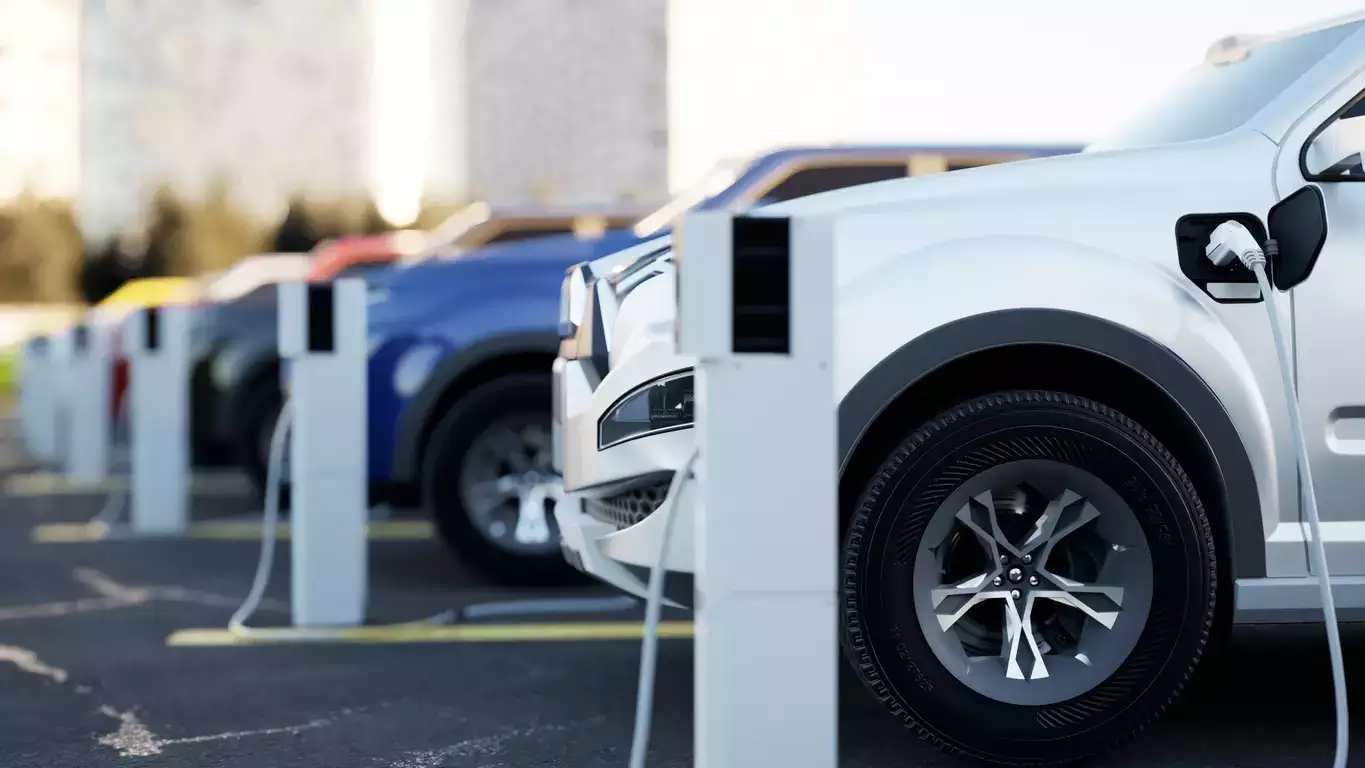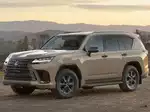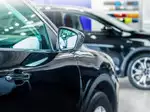Future-proofing against EV range anxiety: Building confidence in electric mobility

This "range anxiety"— or the fear of running out of battery power before reaching a charging point—remains a primary concern for customers. The anxiety has a psychological side – that is “fear of the unknown”. The solution to this lies in a multi-pronged strategy that includes advancements in battery technology, expansion of charging infrastructure, and educating consumers. Most of the customers who use the car for intra-city travel will not face any challenge if the range is 400KM plus and customer can have a home charger installed. However, with the efforts as mentioned above, we are moving towards a future where EV range anxiety will become a thing of the past as customers will get used this new way of life.
The foundation of overcoming range anxiety is rooted in improved battery technology. Much as it may read like a paragraph out of a chemistry book, recent innovations, such as solid-state and lithium-sulphur batteries, are transforming the EV landscape. Solid-state batteries, for instance, utilise a solid electrolyte rather than a liquid one, offering enhanced safety, faster charging times, and higher energy density. Meanwhile, lithium-sulphur batteries, although still in development, show potential for significantly increasing range and reducing weight. Alongside these innovations, fast-charging systems are evolving, enabling EVs to recharge up to 80% in under 30 minutes, thus making charging quicker and more convenient for consumers.
Expanding the EV charging infrastructure is another key element in reducing range anxiety. To make EVs a feasible option across diverse regions, especially in rural and underserved areas, a widespread network of charging stations is crucial. Fast chargers installed at strategic locations can provide ease and accessibility to EV owners. For example, we at Volvo Car India are actively working to integrate sustainable options into its EV charging solutions, including exploring solar panel installations at customer locations to power home chargers through renewable energy sources. This will support sustainable EV ownership, making charging both convenient and environmentally friendly. The digital world is also playing an important role in reducing range anxiety. Many apps are dedicated towards indicating the exact location of charging stations thus keeping the vehicle driver informed.
EV manufacturers too are adopting technologies that would enhance range coverage. Modern EVs are equipped with range optimisation technologies to help drivers make the most of each charge. Features like regenerative braking, eco-driving modes, and real-time route optimisation extend the effective range of EVs. Regenerative braking, for instance, recovers energy when the driver decelerates, while eco-driving modes adjust power output to conserve battery life. Real-time route optimisation offers efficient navigation based on factors like traffic and elevation, helping drivers reach destinations with confidence.
Consumer education is an often overlooked yet critical component of reducing range anxiety. By providing information on optimal charging habits, range management, and driving techniques, EV manufacturers are empowering consumers to confidently manage their vehicle’s range. Range assurance programs add an extra layer of security, helping to boost consumer trust in EV technology.
Recent advancements in battery and EV technology have already made a noticeable impact on vehicle range. Many electric cars today can cover over 500 km on a single charge, alleviating range concerns for everyday use. Our Volvo C40 Recharge, for example, boasts an impressive range of 530 km, a testament to the strides being made to ensure drivers feel secure in their EV’s capabilities.
Vehicle-to-Grid (V2G) technology, although still in a very nascent stage, is also set to play a pivotal role in the future of EVs. This technology allows EVs to supply energy back into the grid during peak demand times, helping to balance and strengthen the energy system. V2G not only supports grid stability but also presents potential financial incentives for EV owners, offering an additional benefit to EV adoption. With advancements in battery technology, expanded charging networks, and sustainability initiatives, the industry is driving forward to ensure EVs are a practical, reliable, and environmentally friendly choice. By focusing on these areas, we can future-proof EV adoption, making range anxiety a concern of the past.
In India, the journey to a robust EV ecosystem involves more than just adding vehicles to the market; it requires building a supportive infrastructure that meets the needs of a wide range of consumers. Reliable charging options, consumer awareness, and sustainable power sources are all vital to establishing EVs as a mainstream choice. Through a well-rounded approach, industry leaders are paving the way for a future where range anxiety no longer deters drivers from choosing EVs.
(Disclaimer: Jyoti Malhotra is Managing Director of Volvo Car India. Views are personal.)
To learn more about the electric vehicle ecosystem and meet the key industry leaders, click here.

